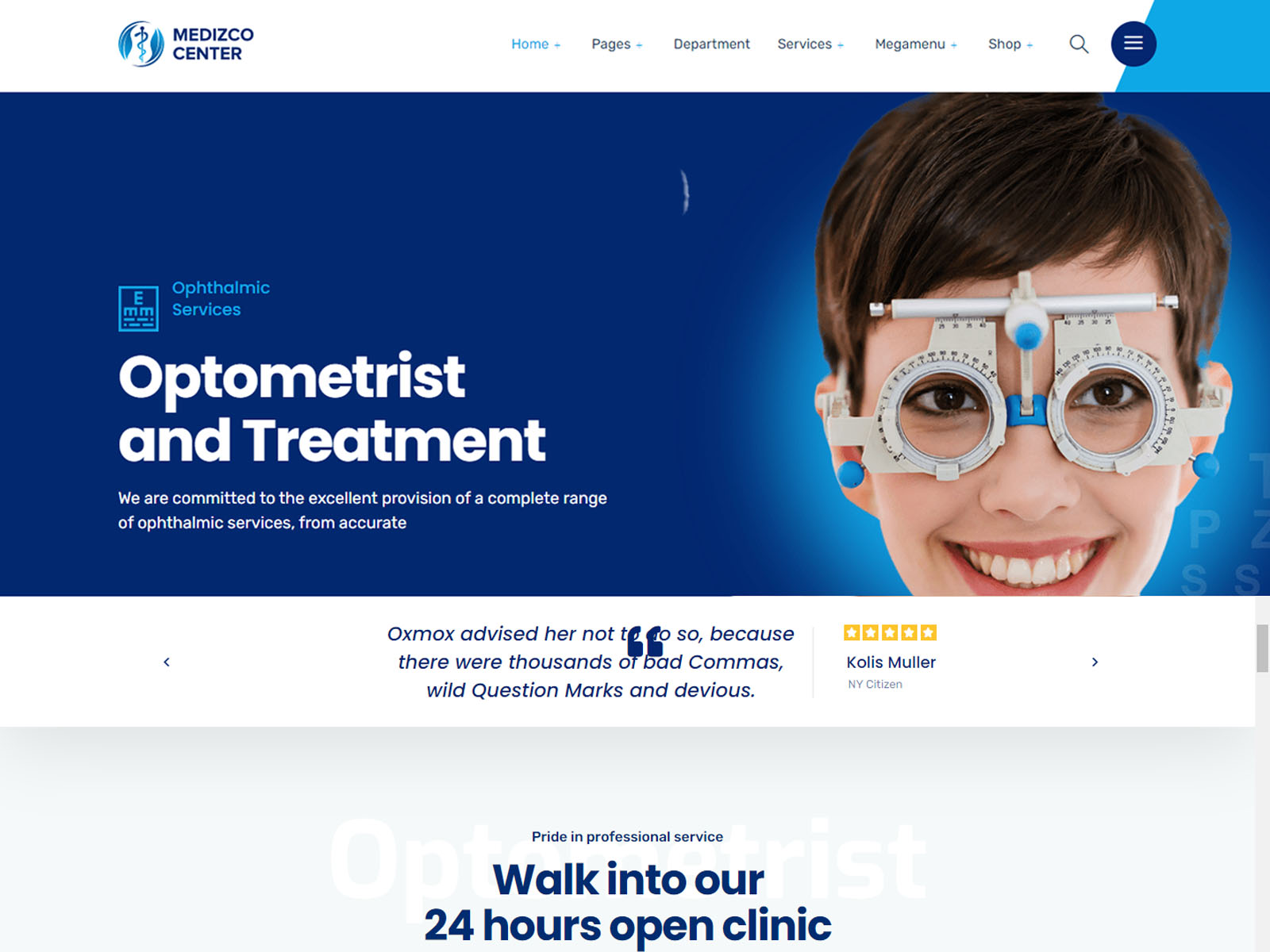Project Initiation
Resource Allocation: Resource allocation ensures appropriate people, skills, and expertise are assigned, maximizing productivity and task completion.
Documentation: Documentation facilitates knowledge transfer, project handovers, maintenance, updates, and continuity, benefiting clients and external teams.
Basecamp account: Basecamp enables real-time collaboration, transparency, and accountability in website design.
project manager: Project manager manages website design, maintains momentum, resolves conflicts, and aligns stakeholders.
Conceptulization
Visualization: Visualizing website design and development provides a roadmap for clients, guiding requirements gathering, planning, and deployment.
Research & Analysis: Research and analysis are crucial for website design, providing insights into audience, market, and user behavior, ensuring informed decisions and effective website functionality.
Wireframe: Wireframes are crucial in website design, providing a visual blueprint for structure, content placement, and interaction, ensuring information architecture and efficient implementation.
Designing
Art Work: Artwork enhances user experience by adding visual appeal, creating memorable websites, establishing identity, hierarchy, and responsive design, collaborating with designers, and capturing users' attention.
Client Approval: Regularly communicate with clients throughout website design and development, sharing progress updates, addressing concerns, and seeking feedback to maintain engagement and satisfaction.
HTML Development: Prioritize semantic HTML markup in website design to improve accessibility, SEO, readability, and user experience. Use headings, paragraphs, lists, and section elements for structure, meaning, and consistency.
Development
PHP/.NET Coding: Backend development manages dynamic data processing, user authentication, and database interactions in websites using server-side programming languages like PHP or.NET.
CMS Development: CMS customization involves customizing a CMS to match a website's design and functionality, incorporating branding and design preferences through themes or templates.
Server Realization: Selecting the right server solution depends on project requirements, scalability, and budget. Evaluating options like shared hosting, VPS, dedicated servers, or cloud hosting ensures the infrastructure supports the website's needs and future growth.
Beta Launch
Code uploading: Thorough testing is crucial after code uploading to ensure all functionalities are functioning correctly. This includes features, user interactions, forms, links, and other website components. Thorough testing helps identify and resolve issues, ensuring a seamless user experience and high-quality website.
Client Acceptance: Client acceptance is a crucial milestone in website design and development, confirming satisfaction with the completed website, meeting project requirements, and establishing a positive client-developer relationship.
Testing
Quality Check: UAT is a crucial quality check process involving end-users, gathering feedback on usability, functionality, and satisfaction, identifying potential issues before launch, ensuring a positive user experience.
Bug Removal: Bug removal is a continuous process beyond development, requiring a systematic approach for identification, prioritization, and resolution to maintain a high-quality website meeting user expectations.
Browser Compatibility: Browser compatibility is crucial for a successful website as it ensures that your site works seamlessly across various web browsers and versions.
Final Launch
Code Transfer: Double-check file integrity and completeness after uploading code files to ensure website functionality and visitor access without errors or broken links. Verify all files and directories are successfully uploaded and no files are missing or corrupted.
K 30 Days Maintenance: The development team addresses live website bugs, errors, and issues within 30 days, monitoring performance, functionality, and user feedback to ensure a smooth user experience and customer satisfaction.
Post-Launch Support
Once the website has been released to the public, the company will continue to offer support and maintenance services. This involves keeping an eye on how well the website is doing, installing any necessary security updates and bug patches, and updating the content of the website whenever necessary.





















































 10000+ Accounts Handled
10000+ Accounts Handled
 140+ Team of Professionals
140+ Team of Professionals
 28+ Serving Countries
28+ Serving Countries
 92% Client Retention
92% Client Retention